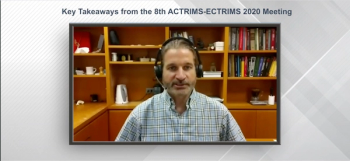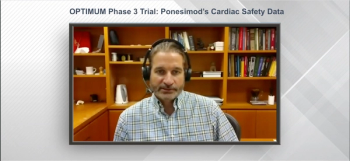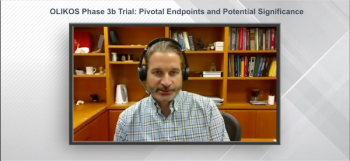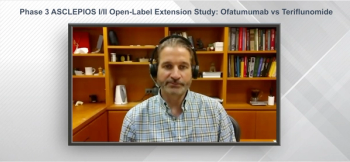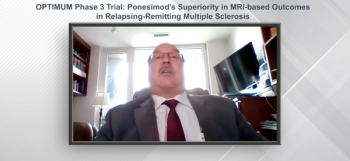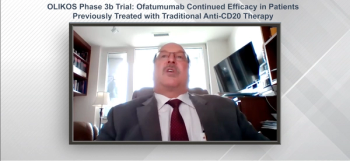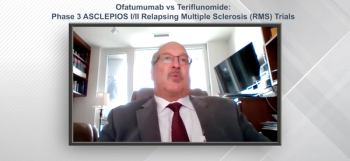
Interim data from a real-world study suggest that adjunctive treatment with brivaracetam is well-tolerated and may improve quality of life over 12 months for those with focal seizures.

Interim data from a real-world study suggest that adjunctive treatment with brivaracetam is well-tolerated and may improve quality of life over 12 months for those with focal seizures.

The data suggest that some patients with partial-onset seizures may benefit from lower doses to mitigate treatment emergent adverse events, but these must be tailored to each patient.

The pediatric neurologist and epilepsy specialist at Children’s Hospital Colorado detailed the results of study of fenfluramine in patients with Lennox-Gastaut syndrome.

The safety profile of diazepam remained similar to what was previously observed, but generally, more patients in the concomitant benzodiazepine subgroup experienced more TEAEs.

The neurologist from the Comprehensive Epilepsy Care Center for Children and Adults, in St. Louis, Missouri, discussed how high rates of seizure reduction were seen in treating drug resistant epilepsy.

Top line results from the retrospective EXPERIENCE study of brivaracetam are expected to read out in early 2021.

The GW Pharmaceuticals product has shown confirmed efficacy in LGS, though the study failed to produce a firm conclusion regarding its efficacy in other drug-resistant epilepsies.

The director of pediatric epilepsy at the Northeast Regional Epilepsy Group discussed his study presented at AES 2020 which involved the effectiveness of diazepam nasal spray regardless of treatment regimen.

The initial study results may provide the basis for future evaluation as a step towards patient empowerment and objective epilepsy diagnostics for broad application.

The neurologist from Cleveland Clinic discussed initial data from Study 410 and patient compliance rates with perampanel treatment.

The neurologist from Universitätsmedizin Berlin and Berlin Institute of Health detailed his study from AES 2020 on using wristband sensor data to forecast seizures.

High retention rates and number of patients remaining seizure-free for prolonged periods indicated the efficacy of cenobamate in treating focal seizures.

Fenfluramine was particularly effective in reducing generalized tonic-clonic seizure frequency in patients with Lennox-Gastaut syndrome, with a push for regulatory submission in the future.

High compliance rates and well-tolerance of perampanel indicate its efficacy as a treatment for partial onset seizures.

The chair of the department of neurology at The Ohio State University spoke to the ongoing conversation in MS about how aggressive to be with treatment early on.





